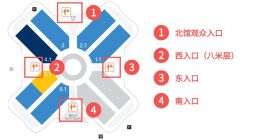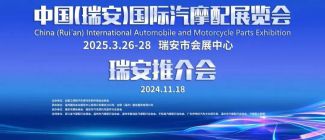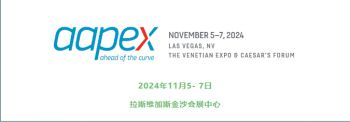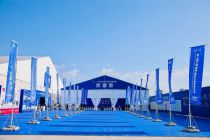On the first day of reporting, Natsumi Tsujimoto, a newly recruited traffic police officer from the Motegi District Police Department in Tokyo, Japan, was late and assigned by the department head to work with Miyuki Kobayakawa. From then on, on the streets of Tokyo, one can occasionally see a pair of police flower partners with different personalities but a cynical attitude performing extreme maneuvers. The patrol car combination of Honda Today and Honda Motokompo has become a mobile force to combat black and evil forces. ”From 1986 to 1992, this manga was created by Yasusuke Fujishima and serialized in the supplement of Kodansha's Weekly Morning Party. It not only depicted an imaginative police and gangster blockbuster for manga fans around the world, but also culturally told the story of a unique Japanese automotive world. Japan has the most charming automotive ecosystem in the world. Who can hold a negative opinion on this? When manga comes to life, in the Japanese car market, passion and simplicity can only blend in a contradictory and adrenaline filled way. Among them, after seeing the brilliant 20 years of Japanese cars, we always wonder why the arms race under the foam economy ended? When can the 280 horsepower gentleman's agreement stimulate the further evolution of Japanese cars in a new way? But on one hand, the driving philosophy represented by K-CAR has remained in people's sight from beginning to end.
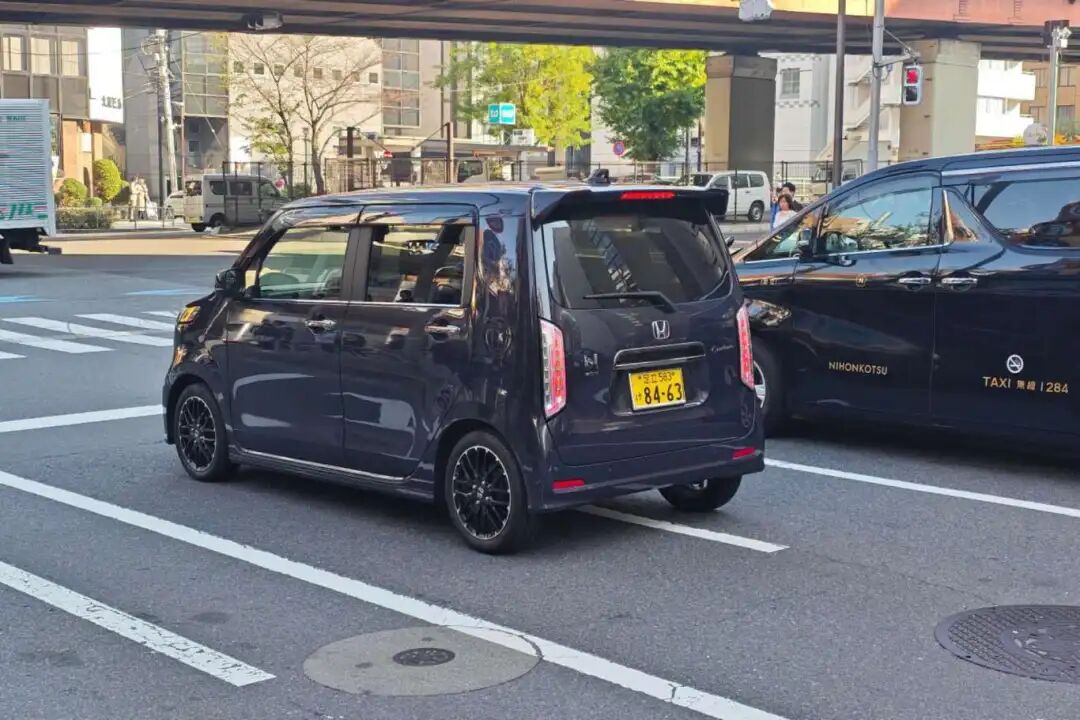
Under the pen of manga artists, too many local cars like Honda Today have given birth to JDM culture, and similarly, the Japanese people's emotional attachment to K-CAR has naturally contributed to a unique supply-demand relationship. Until 2025, we can still clearly see that the closed nature of the Japanese K-CAR market has never changed. But interestingly, with BYD bringing the RACCO electric K-CAR to this year's Tokyo Mobility Expo, it has added some unprecedented variables to the future development of this ecosystem.
01 Closed Japanese K-CAR Market
In fact, since the concept of K-CAR was proposed, the enthusiasm of Japanese consumers for such models has never diminished in the past few decades. It can even be said that over time, the industrial culture formed by K-CAR has permeated almost every aspect of Japanese society. Cartoonists like Yasusuke Fujishima who incorporate K-CAR into their works are ubiquitous in Japan. To this day, it is precisely such a development that every Japanese car company has formed a unique moat in this field with their own K-CAR products.

In the past 2024, just the Honda N-BOX once again proved its unshakable position, not only ranking first in Japan's best-selling K-CAR, but also surpassing the ordinary car sales champion Toyota Corolla with 206272 units sold, becoming the absolute hegemon of the Japanese market and gaining popularity comparable to Toyota in Japan. Following closely behind, Suzuki Spacea also lifted the Suzuki brand to a position where it could compete with the top three Japanese brands with a strong sales volume of 165679 units. Even Daihatsu, which has disappeared in China, was able to win a lot of applause with its annual sales of 93759 units, the Daihatsu Tanto. By 2025, given the relatively fixed product matrix of the entire K-CAR market, in addition to the Honda N-BOX, Suzuki Spacea, and Daihatsu Tanto continuing their past glory, Suzuki HUSTLER and Wagon R, Nissan Roox, and Mitsubishi eK are also firmly guarding their own territories. But at the same time, this also brings us a new perspective. Since there is such a strong demand for K-CAR in the Japanese market, why are non Japanese brands unwilling to enter here?

In history, Smart launched the K-CAR compliant Smart K model for the Japanese market in 2001, adjusting the body width, tire size, and configuration to meet K-car standards. The car is equipped with a 1598cc three cylinder turbocharged engine and a 6-speed semi-automatic transmission; Similarly, Caterham from Europe also introduced their most entry-level product, the Seven 160, to Japan and sold it under the name 130 after complying with Japan's K-CAR regulations in terms of size/engine displacement. However, from Smart to Caterham, what attributes of their overly personalized product positioning are in line with the Japanese market? Ultimately, under the guidance of strong regulations, K-CAR has always been a product that emphasizes practicality rather than playfulness. On the premise of ensuring low prices, the key to survival is the almost abnormal adaptability to all scenarios. Those familiar with Japanese car companies know that they are racking their brains to cater to the needs of their own people. 'Leave the best in Japan' may be a joke, but in the K-CAR market, it must be true. This has led to the fact that any foreign company that wants to easily enter the Japanese K-CAR market without a product that fully targets the Japanese market is not feasible.
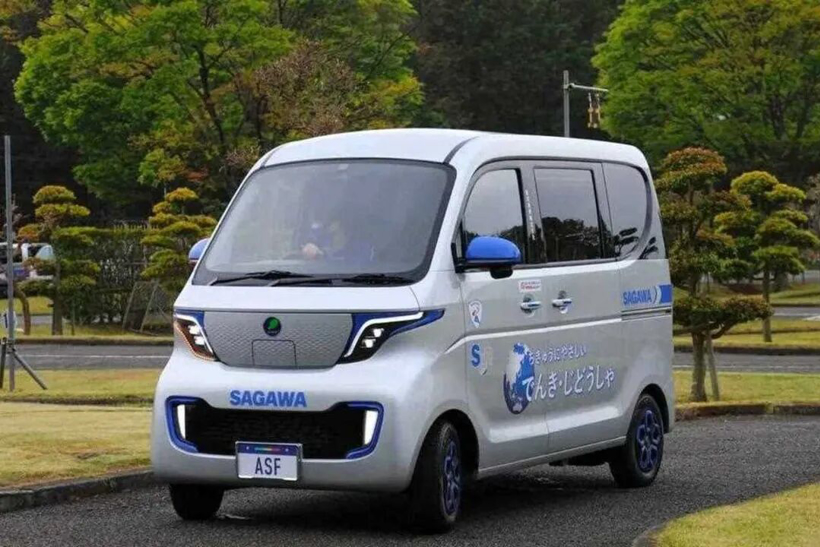
In the past two years, Liuzhou Wuling New Energy has cooperated with Japan's ASF Corporation to overcome Japan's strict PHP certification and collision regulations under the RCEP agreement in 2023. They delivered the first batch of electric logistics K-CAR called G050 to the Japanese market, with a range of 230 kilometers and a selling price of about 80000 yuan. However, the natural demand barrier between commercial and civilian sectors cannot be ignited by strong foreign brands through such products alone.
02K-CAR is a tough nut to crack
Since the initial formulation of K-CAR industry standards in 1949, the entire segmented market has formed a complete set of operating rules. In terms of vehicle classification, we can clearly understand that any model that has appeared in the traditional car market has also appeared in the K-CAR field in Japan. From the Suzuki Cabokino, Honda Beat, and Mazda AZ-1, known as the "Heisei Three Heroes," to the modern Honda S660 and Daihatsu Copen, these very niche products have also been favored by many consumers. However, even so, K-CAR's audience is still the widest range of ordinary users. For many years, from the well-known Suzuki Alto and Wagon R in China to the later Honda N series, the core reason for their hot sales is inseparable from this basic principle.

At present, with the electrification transformation at the forefront and the emergence of new players in the market, we have become accustomed to it. However, what remains unchanged is that in order to achieve sustainable development in the K-CAR market, no one can achieve the so-called curve overtaking. Since 2023, Nissan K-CAR has indeed produced a product that focuses on pure electricity. Sakura "is its name. Although Nissan, which created this car, has been facing survival crises in the global market since former CEO Carlos Ghosn stepped down, in terms of understanding K-CAR, Nissan Sakura is still no less than any fuel powered competitor. In the past three years, Nissan Sakura has become the best-selling EV car in Japan. In its first year on the market, Sakura accounted for nearly half of the Japanese electric vehicle market with an annual sales volume of 37140 units. Although as the only player in the pure electric K-CAR market, some people may think that Sakura's success is just a stroke of luck brought by early layout. However, with Nissan's stance at this year's Mobile Mobility Expo, bringing its representative pure electric product MICRA EV/N7/LEAF to Japan, who can really say that Sakura is a speculative work?
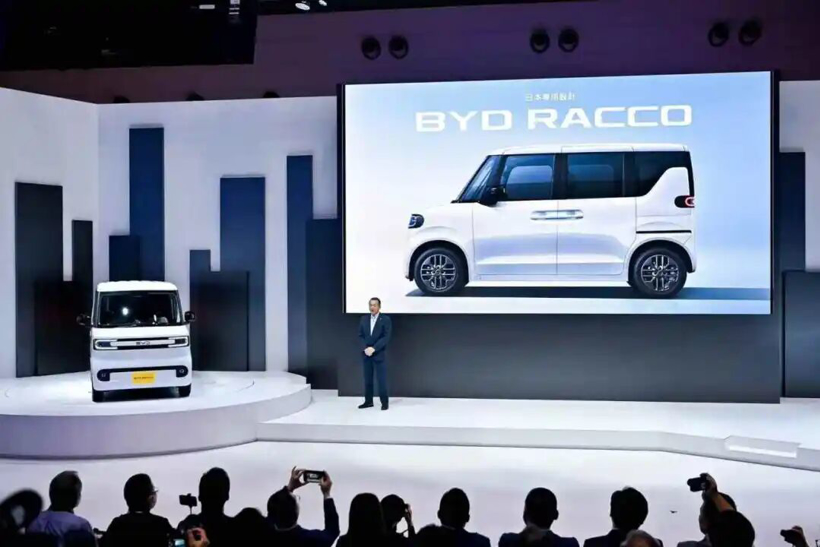
As expected, BYD's pure electric K-CAR, developed specifically for the Japanese market, competes with Nissan Sakura as its core competitor. Even K-CAR giant Suzuki Motor's president, Toshihiro Suzuki, publicly stated that "new competition is about to begin, and the threshold for Japanese people to purchase Chinese products is decreasing, which is a huge threat." Perhaps with the support of BYD's new energy technology fishpond, RACCO's overall product strength is extremely strong. In the face of a history without a successful case of foreign investment, overly optimistic market predictions are absolutely unacceptable. Another core reason why Japan's domestic automotive industry has a large number of fans worldwide is that the Japanese people's obsession with their own brands is almost the most exaggerated in the world. The most obvious example is that as the world's third-largest automotive group, almost all of Hyundai's sub brands have no presence in Japan. Except for sporadic modern Universe buses prepared for Koreans traveling to Japan, a small number of Enik pure electric taxis exist, and it is rare for civilian Korean cars to appear on the streets of Japan.
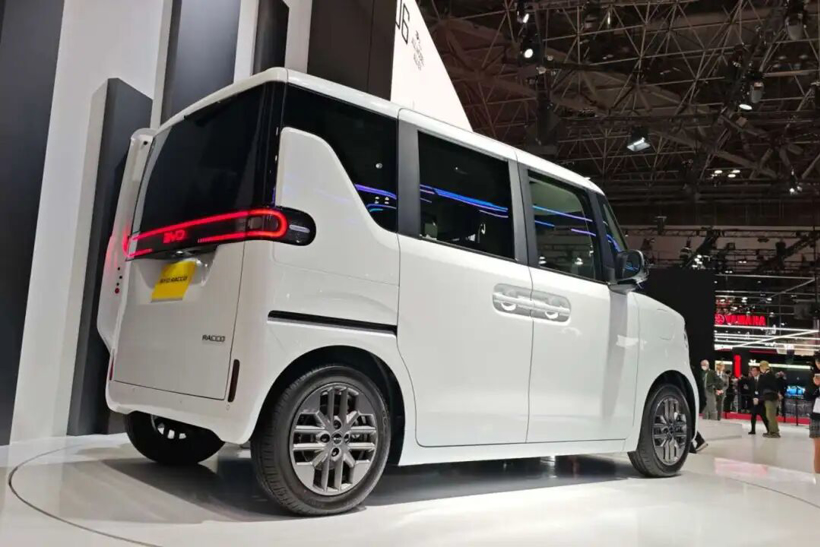
So, in this context, let alone how closed the K-CAR market, which is considered a national characteristic by the Japanese, is. Their bias towards similar products of foreign brands is not much weaker than the prejudice of Chinese people towards foreign pure electric vehicles in China. Emotionally, everyone is willing to believe that BYD's decision to enter the Japanese K-CAR market is a strategic move to precisely enter the heartland of Japanese automotive culture. This is not only a commercial expansion, but also an important technological showcase for China's automotive industry on the global stage, which may profoundly affect the future pattern of the Japanese automotive market. Fear is fear. Japan itself is not very active in the consumption of electric vehicles, and coupled with the unimaginable operation of foreign brands producing Japanese national cars, there is really no precedent. If foreign cars want to penetrate the Japanese K-CAR market, winning the Nissan Sakura is just the lowest entry threshold. The road ahead is long and winding, destined to be a tug of war.

 English
English Chinese
Chinese







